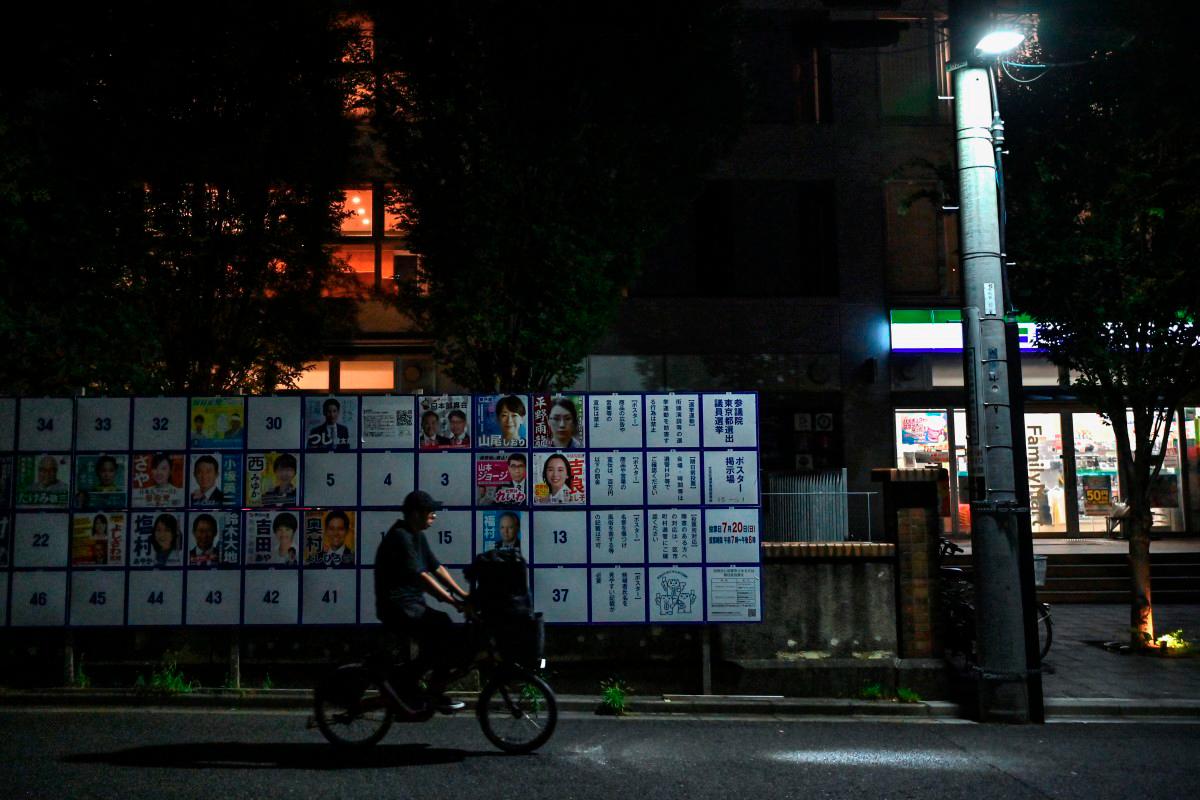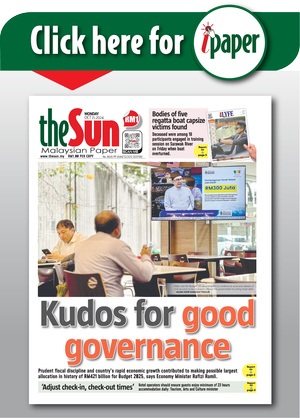TOKYO: Japanese Prime Minister Shigeru Ishiba faces a critical test in Sunday’s upper house elections, with polls suggesting his ruling coalition may lose its majority. Rising living costs and stalled US trade talks have eroded public confidence, potentially ending his premiership after less than a year in office.
Ishiba’s Liberal Democratic Party (LDP) and its ally Komeito need 50 of the 125 contested seats to retain control. However, voter frustration over inflation, particularly rice prices, and a political funding scandal have weakened their position. “Ishiba may need to step down,“ said Doshisha University professor Toru Yoshida, noting Japan could face its first post-war minority government in both parliamentary chambers.
The prime minister’s gamble to call snap elections last September backfired, leaving the coalition dependent on opposition support. Economic pressures have intensified, with US tariffs set to hit Japan’s auto sector—responsible for 8% of national employment—from August 1 without a trade deal. Despite multiple negotiations, President Donald Trump recently dismissed prospects for an agreement, stating Japan won’t “open up their country.”
Meanwhile, the nationalist Sanseito party is gaining traction, polling suggests it could expand from two to over 10 seats. Advocating stricter immigration controls and opposing globalism, the group denies ties to Russia after a candidate’s interview with state-run media sparked controversy.
Political analysts warn that prolonged instability could stall economic recovery. “How well his government handles US tariff talks is crucial to rebuilding public trust,“ said Waseda University’s Masahisa Endo. With weak exports raising recession fears, Sunday’s vote may redefine Japan’s political landscape. - AFP









